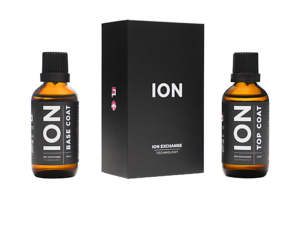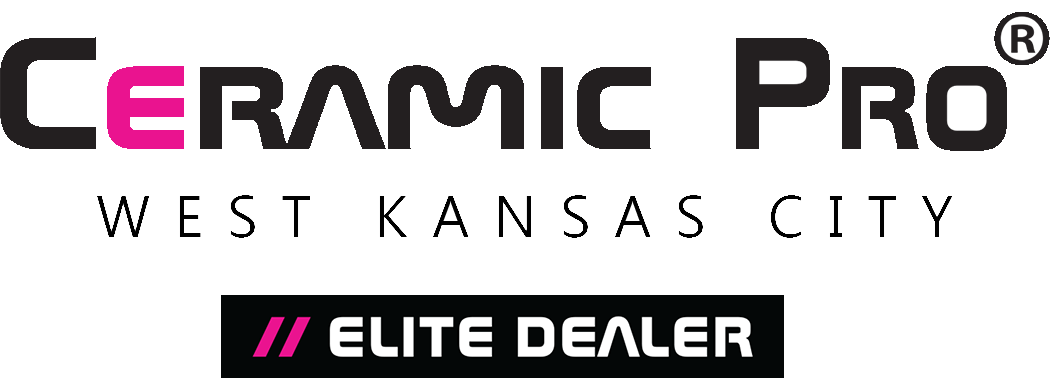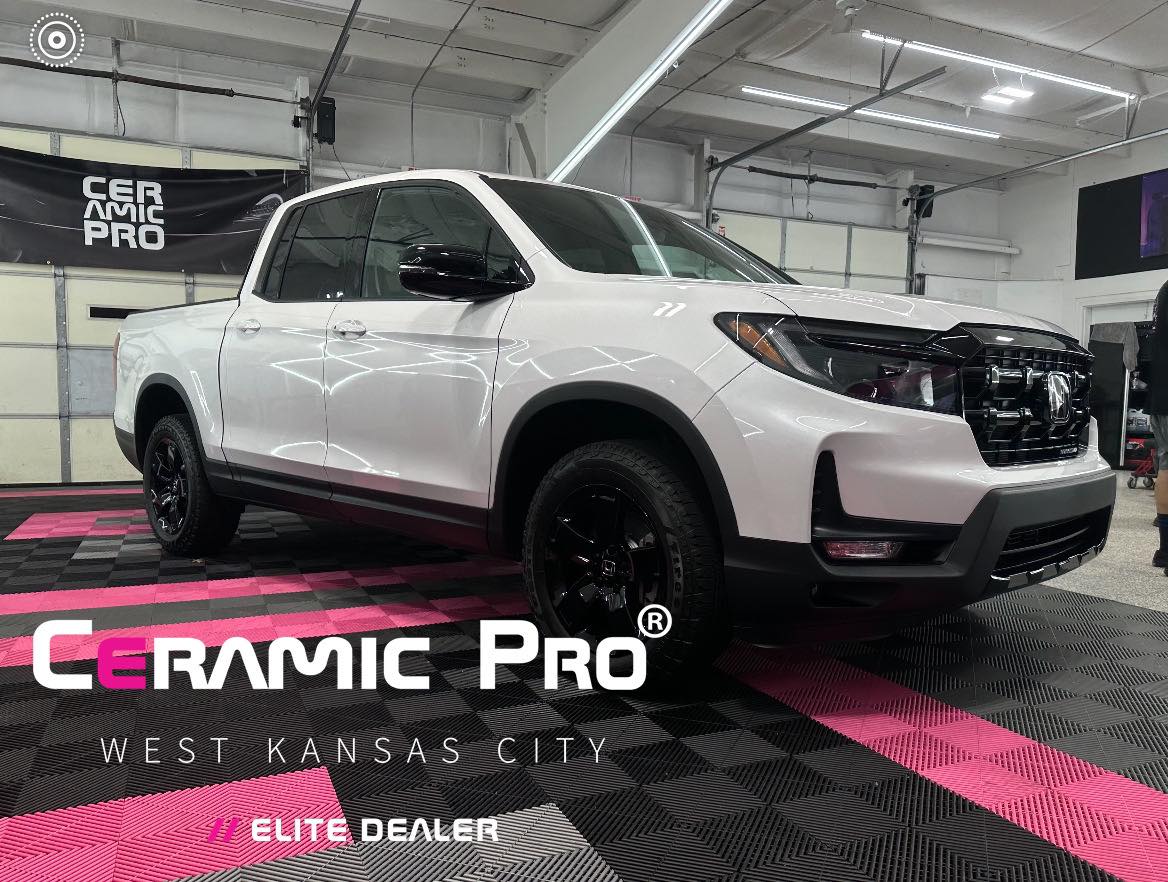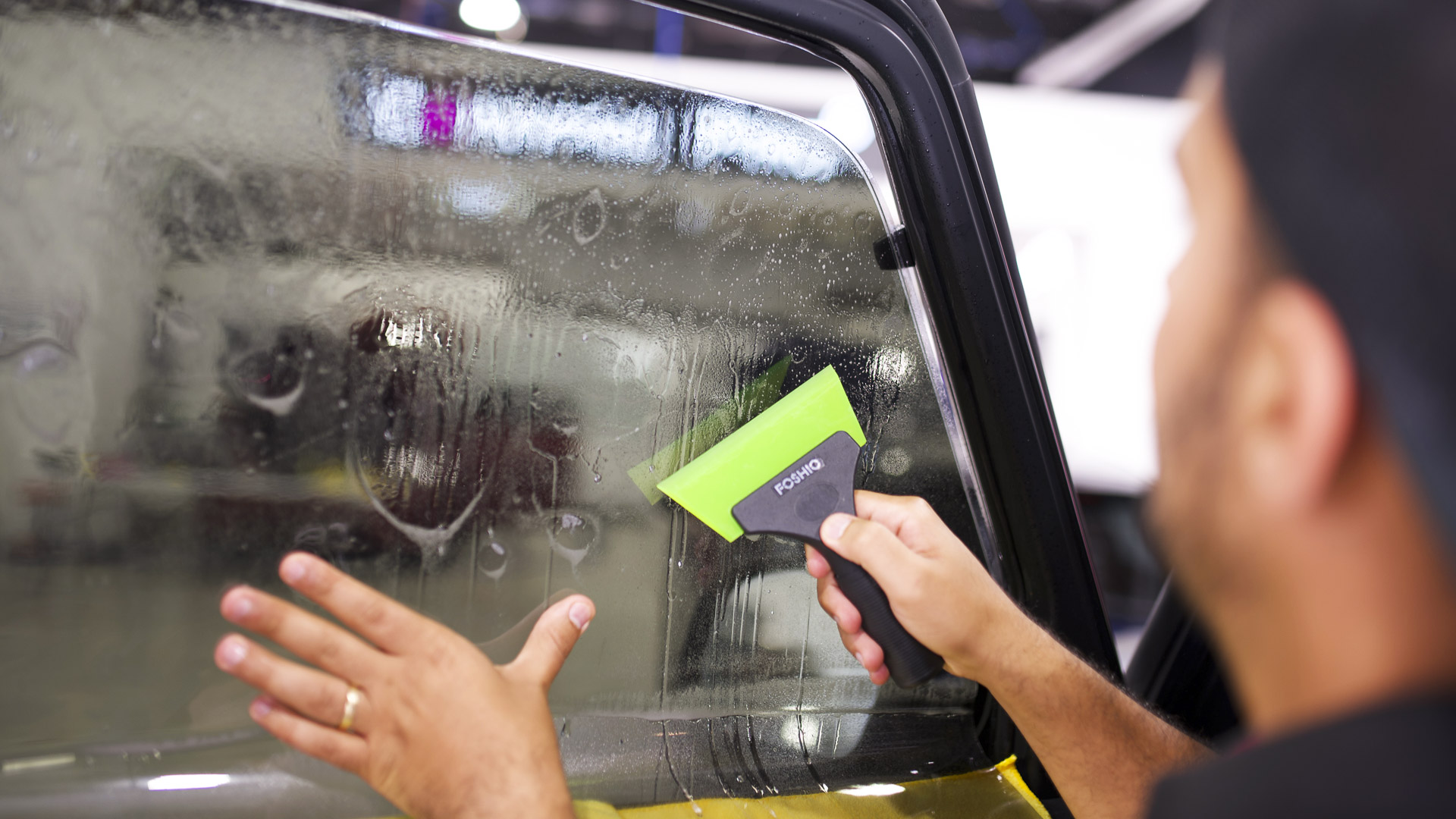At Ceramic Pro Elite West Kansas City, we get a lot of questions about auto restyling services, or products you can use to enhance and protect it from damage and routine wear and tear. But the top question – without a doubt, is asking us to explain what the difference is between PPF and Ceramics?
Well – for starters, these two terms are slang or abbreviations for the two most popular ways of protecting the exterior of a vehicle – a paint protection film (PPF) and a nanoceramic coating (ceramics).
And while they’re both intended to protect your vehicle’s factory paint job, there isn’t much that is similar about their construction, way they are applied, and ability to protect.
So, since we want you to have the most accurate information that allows you to make a smart decision, let’s break it down simply and explain the differences between paint protection film and ceramic coatings for cars.
What is Ceramic Coating?
At our Elite Dealer in West Kansas City, we exclusively offer Ceramic Pro coatings. This manufacturer set the standard for professional grade ‘ceramics’ by creating the first ceramic coating for cars that integrated nanotechnology and was capable of being stacked on top of each layer. This type of product is called a nanoceramic coating.
 A nanoceramic coating is a liquid polymer that can be applied to multiple substrates (or materials). Some of the common areas that vehicle owners in Kansas City have us apply ceramic coatings include the painted surfaces, trim pieces, headlights, wheels, and automotive glass.
A nanoceramic coating is a liquid polymer that can be applied to multiple substrates (or materials). Some of the common areas that vehicle owners in Kansas City have us apply ceramic coatings include the painted surfaces, trim pieces, headlights, wheels, and automotive glass.
There are also custom formulations of coatings that can be applied to boats, vinyl & PPF, interior materials, bare metal, fiberglass, and carbon fiber.
How is a Ceramic Coating Applied to My Car?
The liquid is extremely concentrated, so a little goes a long way. In fact, a 50 ml bottle can typically cover an entire standard sized vehicle. The coating itself is comprised of multiple ingredients, including carrier solvents, SiO2 (silicon dioxide), TiO2 (titanium dioxide), and other secret sauces.
To apply it to any surface, the trained technician will apply a few drops on a dedicated microfiber applicator. This saturates the surface for even application.
As the liquid is applied to a surface, the product fuses to the surface through an electronic bond, hardens, and provides a microscopic yet durable shield of protection.
It takes a few minutes for the wet coating to ‘flash’ – which means it’s ready for the residue to be wiped off. Once it’s cured, the surface is extremely flat and smooth – which creates a hydrophobic surface. This helps to reduce water, dirt, and other debris from sticking to the vehicle.
What Does a Ceramic Coating DO?
It will take a few weeks for a ceramic coating to fully bond and cure onto any surface it’s applied. The goal of the coating is to provide a sacrificial layer of protection against environmental toxins and contaminants such as:
- UV rays (that cause paint and other materials to fade overtime)
- Animal waste – bird droppings, bug splatters, and others that are highly acidic – and can etch into the clear coat of paint.
- Natural toxins and chemicals – this include pollen, tar, and industrial fallout (which is basically ferrous based shavings or dust caused by trains, brakes, and others.
The coating will create a very flat and slippery surface, which is a quality known as being hydrophobic. This allows these contaminants, and spray paint, stickers, and other items to have difficulty bonding to the original surface.
What Does Ceramic Coating NOT DO?
While the cured coating is very hard, and extremely slippery, it’s not very deep. In fact, it only measures a few microns in size. This reality will limit its protective qualities.
As we mentioned above, a coatings primary intent is to protect vehicle materials from environmental exposure – such as UV rays, chemicals, natural toxins, and amplify the depth and shine of materials.
However, a ceramic coating doesn’t protect paint from scratching, road debris, or dents. It doesn’t make your vehicle scratch proof, and – contrary to old marketing videos you may have found online, it doesn’t make your car fire resistant.
Also, contrary to what you may have been told, you still need to be proactive about washing your car every few weeks. At Ceramic Pro Elite West Kansas City, we recommend washing your car with a foam cannon and a two-bucket hand wash.
How Long Does Ceramic Coating Last and How Much Are They?
There are different ceramic coating packages – that can last from six months to a lifetime of protection against environmental exposure.
If you’d like to review some of our ceramic coating packages, simply click this link.
Finally, the pricing can range from $600 to $3,000.
What is PPF or Paint Protection Film?
A paint protection film stands as a prime example of an aftermarket product that lives up to its claims. Its main purpose is to safeguard the paint surface and other materials it is applied to.
It’s typically only installed on painted surfaces, but in some cases can be applied to plastics or trim pieces. It is not installed on automotive glass.
Paint protection film (PPF) is a polyurethane-based substance that provides a transparent layer of protection. Some premium brands even offer a matte finish option. Professional technicians exclusively handle the installation process, which can be time-consuming.
So, is it a good idea to install PPF on new cars?
Absolutely.
The main purpose of protective paint films is to safeguard the underlying surfaces from harmful effects such as UV exposure, chemicals, light scratches, toxins, and road grime. By installing PPF on your vehicle, you can effectively maintain the pristine condition of what lies beneath.
What Does PPF Do?
PPF’s main job is to protect your car from damage from solid objects, like road debris, gravel, sticks, pieces of rubber, and other ‘stuff’ that can strike your car as you’re driving down the road.
PPF is also a great protectant against environmental exposure, like ceramic coating does as well.
Plus, modern PPF, like KAVACA Ceramic Coated Paint Protection film we sell at our Elite Dealer is pre-treated with ceramic coating on the top layer. This makes the PPF very hydrophobic like a coating, making it easier to clean.
There honestly isn’t much that PPF can’t do. It’s truly the best way to protect your vehicle from damage.
How Long Does PPF Last and Cost?
Modern Paint Protection Film should hold up for at least 10-years. When you add ceramic coating to the top of paint protection film, it can last longer.
PPF is sold in packages based on where and how much film is installed. At our Elite Dealer, we offer 4 unique installation options – so contact our team to explore your options.
You can check out some of our PPF installation options by clicking this link.
Wrapping it UP
So – here are a few simple points to make it easy to understand the differences between these two protective products.
- Ceramic Coating is a liquid that mainly protects against daily environmental contamination and elements.
- PPF is a thin, yet extremely strong film that protects a vehicle from road debris, scratches, and environmental exposure.
If you have any questions about ceramic coatings or PPF, please contact our team at Ceramic Pro Elite West Kansas City to schedule a free consultation.




